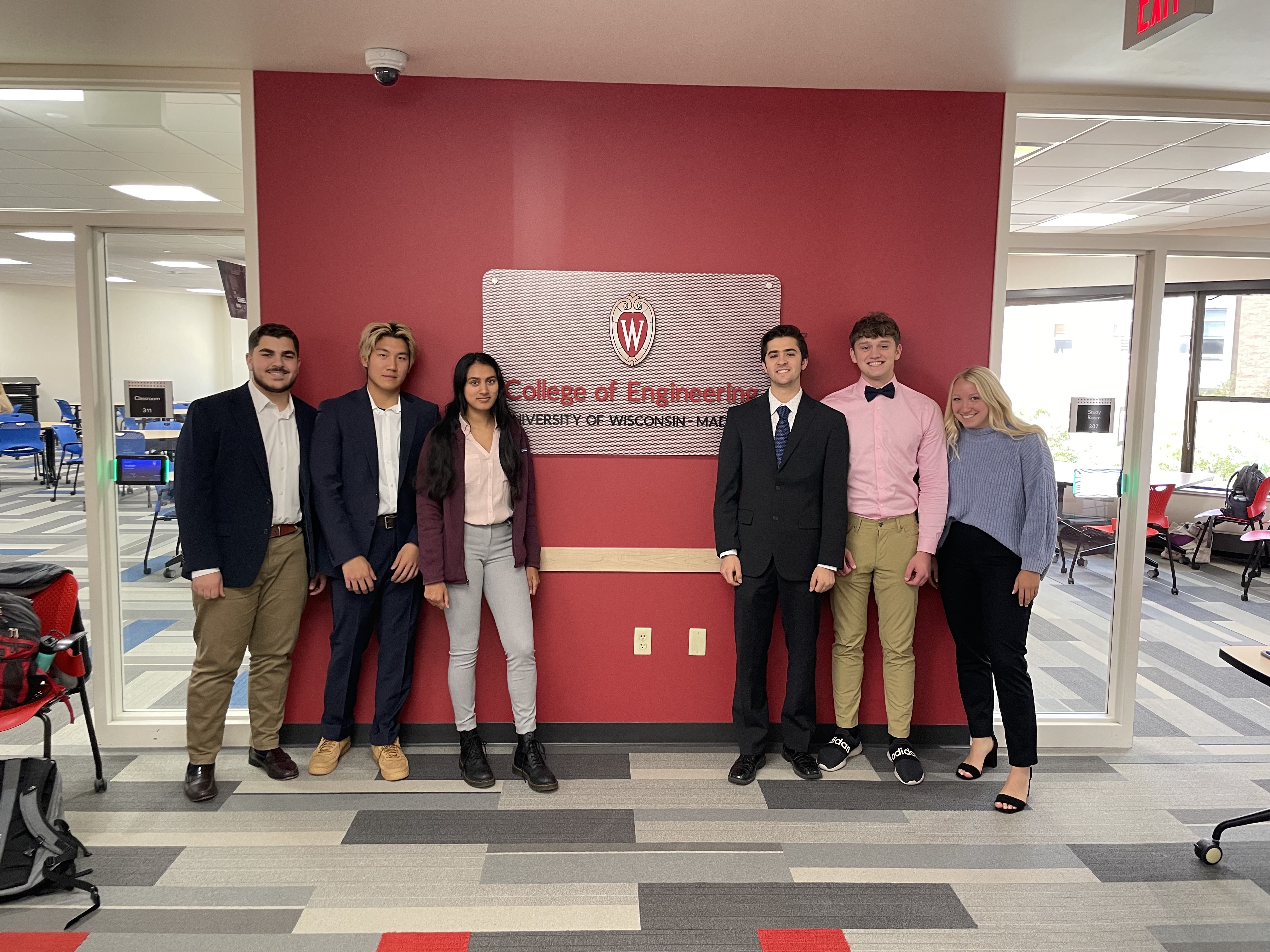Neonatal thoracic procedural model for thoracentesis and pericardiocentesis, including point of care ultrasound
This project has been secured to protect intellectual property.
Login for More InformationWe have been tasked to fabricate a simulator model to train physicians in neonatal thoracentesis and pericardiocentesis with point of care ultrasound compatibility to increase first-effusion efficacy.
Project Overview
Thoracentesis (placing a needle into the chest wall through the parietal pleural to evacuate air or fluid) and pericardiocentesis (placing a needle into the pericardial sac to remove air or fluid surrounding the heart) in neonates are traditionally performed by palpation of anatomical features and landmarks and “blindly” inserting a needle into the respective area. Our client, Dr. Adam Bauer, is a pediatrician and neonatology specialist at UW Health. He is interested in creating an anatomically accurate model of the neonatal thoracic cavity, in which medical professionals in-training can use point of care ultrasound (POCUS) to more accurately and reliably visualize needle entry into the appropriate space. Our goal is to develop a simulator which will allow trainees to, simultaneously, hold an ultrasonography probe to examine a neonatal model, obtain anatomically accurate ultrasound images, and advance a needle into the pleural or pericardial space under ultrasound guidance.
Team Picture

Contact Information
Team Members
- Raad Allawi - Team Leader
- Ethan Runde - Communicator
- Lizzie Maly - BSAC
- Gavin Zeng - BWIG
- Alex Houle - Co-BPAG
- Shriya Kaushik - Co-BPAG
Advisor and Client
- Prof. Melissa Skala - Advisor
- Dr. Adam Bauer - Client
Related Projects
- Spring 2023: Neonatal thoracic procedural model for thoracentesis and pericardiocentesis, including point of care ultrasound
- Fall 2022: Neonatal thoracic procedural model for thoracentesis and pericardiocentesis, including point of care ultrasound
